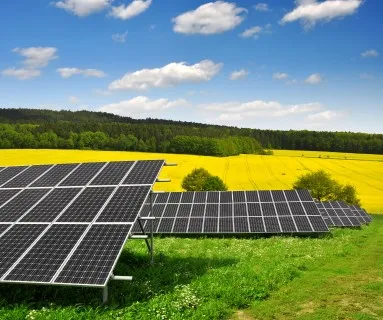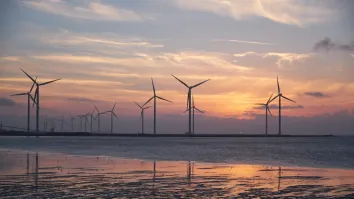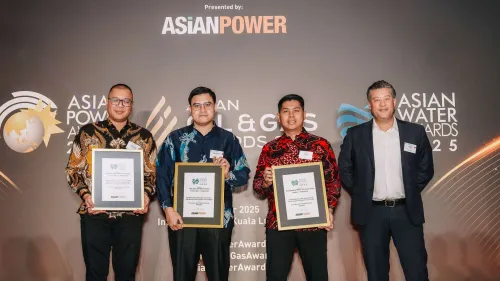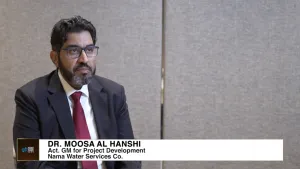
India's GST drove up solar costs by 6%: report
The tax implicitly favoured coal power relative to solar PV and incentivised greater take-up of domestic coal sources.
India’s introduction of the goods and services tax (GST) increased the levelised cost of energy (LCOE) for solar photovoltaic (PV) power generation by almost 6% and decreased the LCOE for existing coal thermal power plans by 1-2%, according to India’s Energy Transition 2018 Update.
The report, published by the Global Subsidies Initiative (GSI) of the International Institute for Sustainable Development (IISD) and the Council on Energy, Environment and Water (CEEW), found that the introduction of the GST implicitly favoured coal power relative to solar PV, and incentivised greater take-up of domestic coal sources.
According to the report’s authors, the LCOE analysis for solar PV was based on costs derived from a 200MW plant solar park project. Research data showed that solar park projects constituted the majority of projects awarded in India in 2017 and allowed developers to lower the risks associated with land acquisition and evacuation infrastructure, as these are provided by government authorities for a usage fee.
The significant increase in LCOE for solar PVs was attributed to the current method proposed for applying taxes by the GST Council, the report’s authors explained.

On the other hand, the LCOE calculations for coal thermal power plants were carried out assuming a typical 500MW capacity. Research data indicated that a significant share of plants commissioned between 2003 and 2016 were 500MW in size, and for such plants, the LCOE is influenced by both fixed costs and variable costs.
The variable LCOE of a coal thermal power plant, with the assumption that it uses only domestic coal, decreased by almost 1.6% post-GST reform. “Plants using a mix of domestic and imported coal would see a smaller decrease, 1%, largely due to the influence of higher taxes on imported coal,” they noted.

Meanwhile, the report noted other tax developments which affected the cost of solar-generated electricity.
In July 2018, India applied a safeguard duty on imported solar PV cells and modules at 25% in the first year, 20% for the following six months, and 15% for the last six months in an attempt to support local manufacturers. However, the move is said to have created uncertainty, leading to reduced industry interest in the tenders floating in H1 2018.
“Two important policy developments have roughly counterbalanced the impact of the safeguard duty on tariffs. First, China scaled back its solar deployment targets, leading to a crash in the prices of solar cells, wafers and modules in international markets,” the report’s authors added. “Second, several tendering agencies extended the commissioning timelines of solar projects, incentivising developers to delay the procurement of solar modules to completely bypass the safeguard duty.”
It added how such policy shocks for the sector could constrain the country’s progress towards its target of 100GW of installed solar capacity by 2022.
The report therefore noted that tax system changes can have unintended consequences by shifting relative preferences between electricity generated by coal and solar technologies.
“There are three areas where improvements might be made: setting the tax rate so that it captures the value of negative external costs, the most efficient use of subsidies for social purposes, and the promotion of sustainable energy,” the report’s authors commented.
They urged that further clarity on GST rates applicable on solar power generating systems is required, and that any adjustments to favourable taxation rates distinguish between technologies that are more mature and those that are continuing to emerge.
“Broad-based changes in favourable taxation for technologies like solar and wind fail to recognise the extent to which sub-segments of these technology classes remain in an early development stage, such as offshore wind, floating solar and small-scale renewable technologies,” they highlighted, adding that incentives can be embedded into the GST or shifted entirely to alternative, dedicated policies whilst remaining an important aspect of energy policy.



















 Advertise
Advertise






